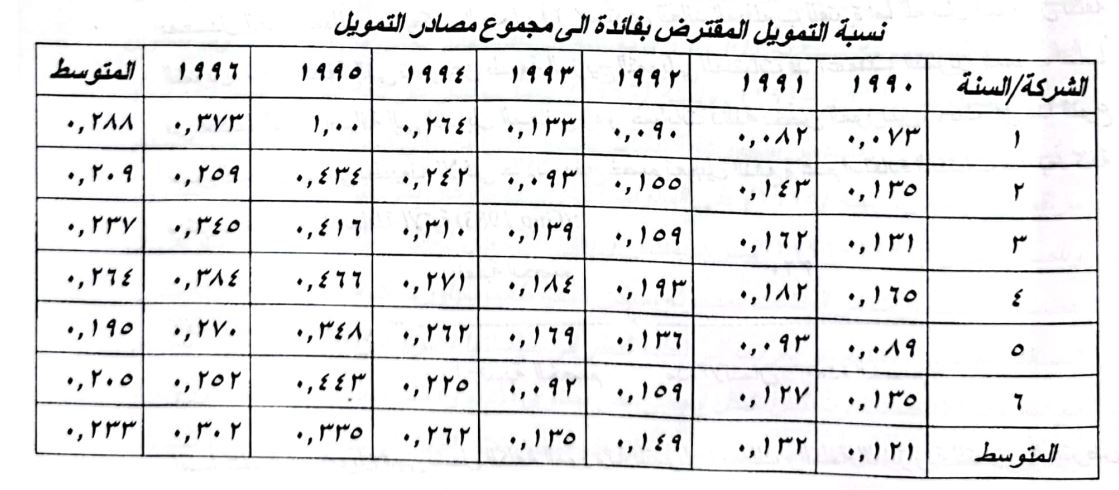Using the Arbitrage pricing theory to estimate the required rate of return
Keywords:
Arbitrage pricing, rate of returnAbstract
Investors are constantly interested in estimating what they will get from their investments. It is difficult to predict what the future will be like. In the case of certainty, there is no problem because everything is known, but the risk lies in the case of uncertainty. Therefore, the investor requests a risk premium according to the economic conditions for fear of a decrease in the purchasing power of the invested capital or the expected returns. Certain models have emerged that determine the required rate of return for the investor, including the Capital Asset Pricing Model (CAPM). This model takes into account the risk of the activity in which the facility operates, such as industrial activity, for example. Therefore, it includes a risk premium for this activity discounted by the Beta coefficient. Among the other models is the weighted pricing theory, which was considered better than the previous model because it takes into account the risk premium for more than one economic factor. This research focuses on using this theory to determine the required rate of return, taking into account three economic factors that are prevalent in the national economy.

Downloads
Published
How to Cite
Issue
Section
License
Copyright (c) 2001 College of Administration and Economics - University of Kerbala

This work is licensed under a Creative Commons Attribution-NonCommercial-NoDerivatives 4.0 International License.
Authors retain the copyright of their papers without restrictions.



